You are here
The White Pine Grand Slam is a fun and challenging traverse that includes four of the highest peaks in Northern Utah’s Bear River Range. The peaks included are Mount Magog (9,750 feet), Naomi Peak (9,979 feet), Bullen Hole Peak (9,828 feet), and Mount Gog (9,714 feet). Naomi is the highest point in the range, while Bullen Hole is the third, Mount Magog is fifth, and Mount Gog is seventh. These four peaks are in a roughly square shape that surrounds the high basin containing White Pine Lake, which is a worthy destination in its own right. The eastern boundary of the Mount Naomi Wilderness area follows the crest of the Bear River Range and includes the summits of both Mount Naomi and Bullen Hole Peak.
This traverse covers some of the most rugged and scenic terrain of the Bear River Range and offers extensive views of the range as well as Cache Valley to the west. On a clear day hikers will see the Grand Tetons in Wyoming and the Uinta Mountains in Eastern Utah. As this area is only a few miles south of the Idaho border, much of Southeastern Idaho is visible from the route as well. The Bear River Range contains very few lakes, and only four of any real size. Three of those lakes can be seen along the traverse, including Tony Grove, White Pine, and High Creek lakes. Tony Grove or White Pine make for great places to stop and take a dip to cool off after completing the traverse. High Creek Lake is inaccessible from this route, but it is briefly visible from the top of the cliffs surrounding it.
One of the unique features of this area is the high basin above White Pine Lake that is visible from nearly everywhere on this route. In a mountain range with more precipitation, it would almost surely contain an alpine lake or two, but this is a high, dry, and nearly treeless basin of short grasses and crumbling rock. The rock in this area is limestone and has been gouged and scraped by the glaciers that were once present. Make sure to wear sturdy boots as well, because the rock also has the tendency to be extremely sharp and can shred soft soles quite easily. Another interesting property of the geology of the area is the tendency of the rock to form caves. There are a number of caves and sinkholes visible along the route, and the deepest cave in Utah was discovered in 2003 near Tony Grove. The location of this cave is not revealed to protect it, but it can be found with enough searching.
The route for this traverse involves both on-trail and a great deal of cross country travel. Of the terrain crossed, most of it is quite easily manageable with the exception of a few short segments. The traverse is best done in a clockwise direction beginning at the Tony Grove Trailhead and ascending Magog, Naomi, Bullen Hole, and Gog in that order. The most difficult section is on the main crest of the range between Naomi and Bullen Hole Peaks. There is a section of cliffs that must be navigated that involves a significant downclimb with some exposure and the possibility for a major fall. The cliffs can be avoided by descending into the basin to the east of the ridge, but a lot of elevation will be lost and must be regained in order to reach the summit of Bullen Hole Peak. The other tricky section is the western ridge of Mount Gog, which requires some route finding skills. It is choked with brush and requires several sections of moderate scrambling, but it is nothing unmanageable for an experienced hiker.
Most of this traverse is near tree line, and while none of these peaks reach above the 10,000-foot mark, the terrain is unmistakably alpine. There are very few trees higher up, and most are stunted and widely spaced. However, this is also where many of the more ancient trees also live. Mount Gog has a great number of these very old trees growing on its slopes, most of which resemble the ancient bristlecone pines of the Great Basin. No known bristlecones grow in the Bear River Range; these trees are all limber pine and Douglas fir. During the late spring and summer months, abundant wildflowers also grow in this area.
The White Pine Grand Slam is a great way to experience the best of the Utah portion of the Bear River Range in a long day. The only places water can be found on this route are at Tony Grove Lake, which serves as the starting and ending point for the trip, and White Pine Lake. The route is completed in 10.5 miles and involves a total of 4,181 feet of elevation gain. That’s a small price to pay, though, for four peaks and outstanding scenery!

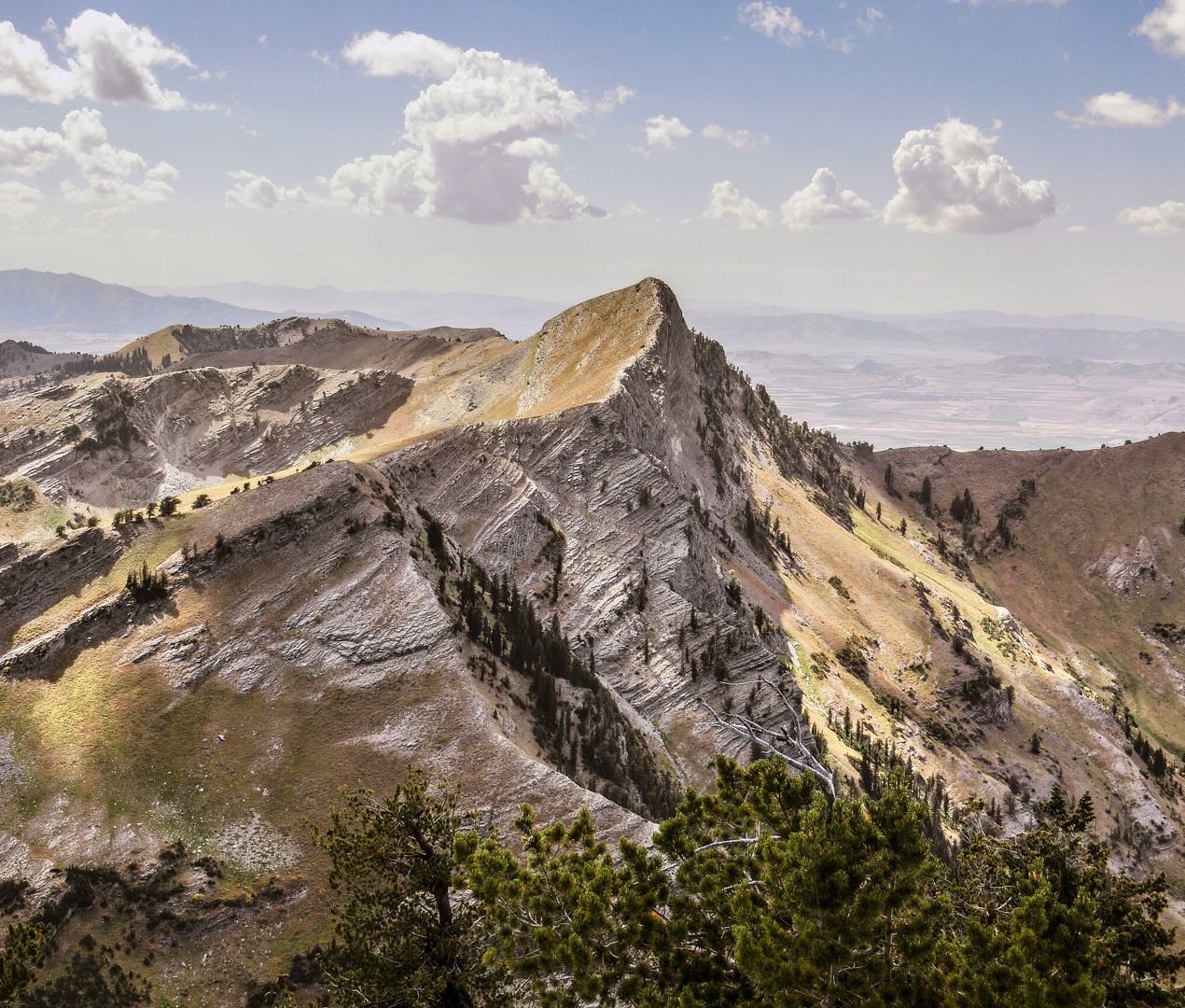
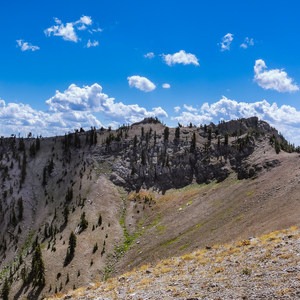

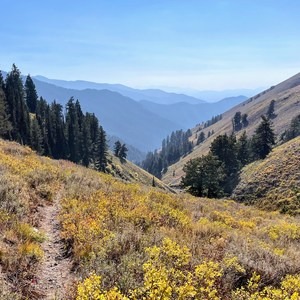
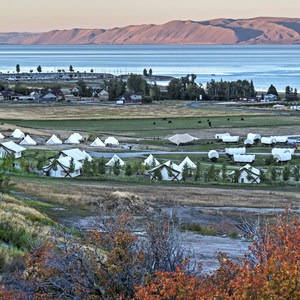
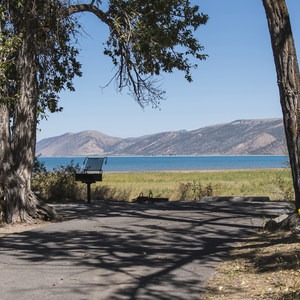



Comments
Sign In and share them.